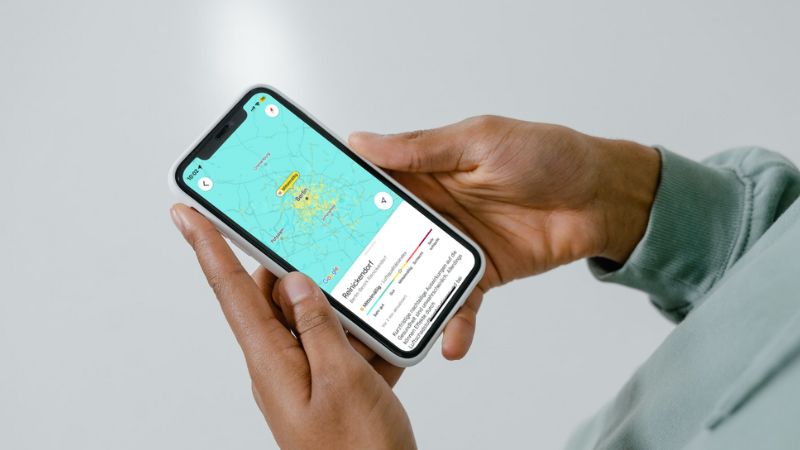
You can now view the air quality in your region on Google Maps. We'll explain how it works.
Fresh air is not available everywhere. People who live in urban areas in particular probably long for better air quality from time to time. Many weather apps therefore already display data on the quality of the air in certain regions. This is now also possible with Google Maps.
Google Maps uses air quality index
A current Google Maps feature shows how good the air is in certain areas. To do this, Google uses the air quality index (LQI), which divides air quality into different categories. It summarizes the exposure to pollutants such as fine dust, ozone and carbon monoxide into a compact number.
The LQI comes from the responsible air quality stations in the relevant regions. Google also uses a color scale to display the different levels of air quality. In the map view, users can see what the air is like in a selected area.
This is how you can display the air quality in Google Maps
To check how good the air is in a certain region, first open the Google Maps-App on your iPhone or Android device. Then you choose that Area for which you want to display the air quality.
Then tap on the top right of the screen Symbol with the two overlapping squares. There you will also find a selection of different card details under the card type options. Now select the button labeled “Air quality” out of.
As soon as you click on it, your map view changes and shows you different colored areas. In the menu you can also see the scale of the individual air quality levels. You will also receive more detailed information about specific points in the selected map area – for example about current air pollution and the corresponding health risk.
This is how you interpret the color scale correctly
Basically, the lower the air quality index, the better the air. If the values displayed are between zero and 50, the level of air pollution is considered low and poses little or no risk to health. If the values are “very good”, the area is marked in turquoise. Green indicates “good” values. Yellow, on the other hand, describes mediocre values with an index of 51 to 151.
From values of 151 upwards, the air is considered “bad” and can have serious health consequences, especially for sensitive people. These values are marked with bright red. An index of over 300 is considered “very bad” and is dangerous. It is marked in dark red. In this area, all people can experience potentially serious health effects.
Also interesting:
Source: https://www.basicthinking.de/blog/2024/02/19/google-maps-so-kannst-du-dir-die-luftqualitaet-anzeigen-lassen/


